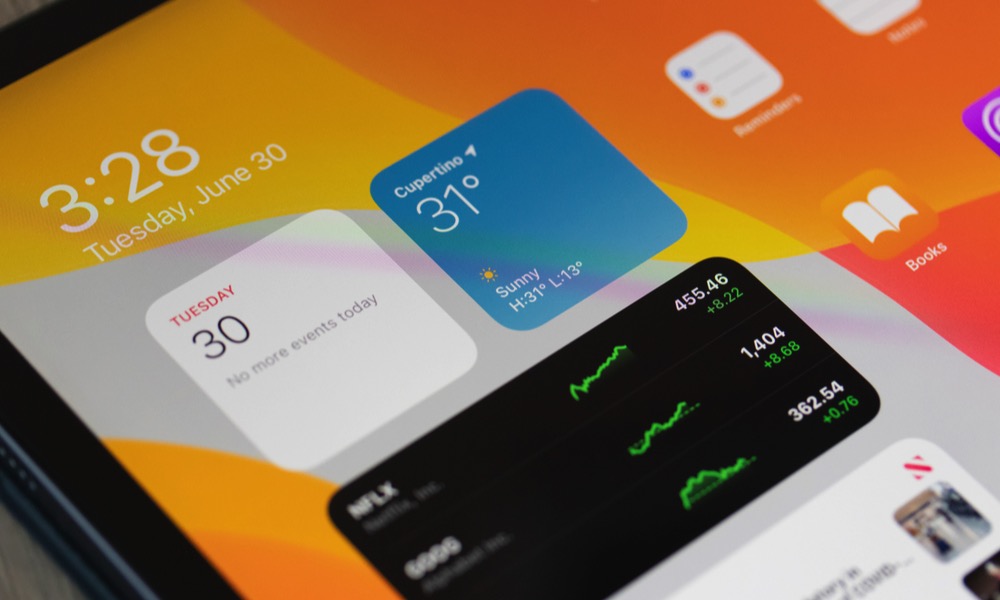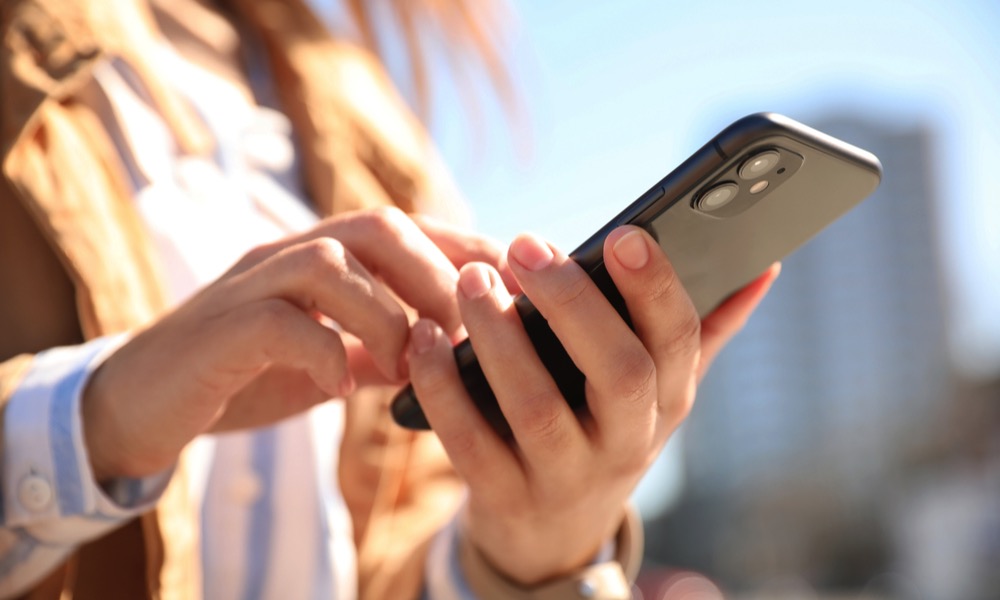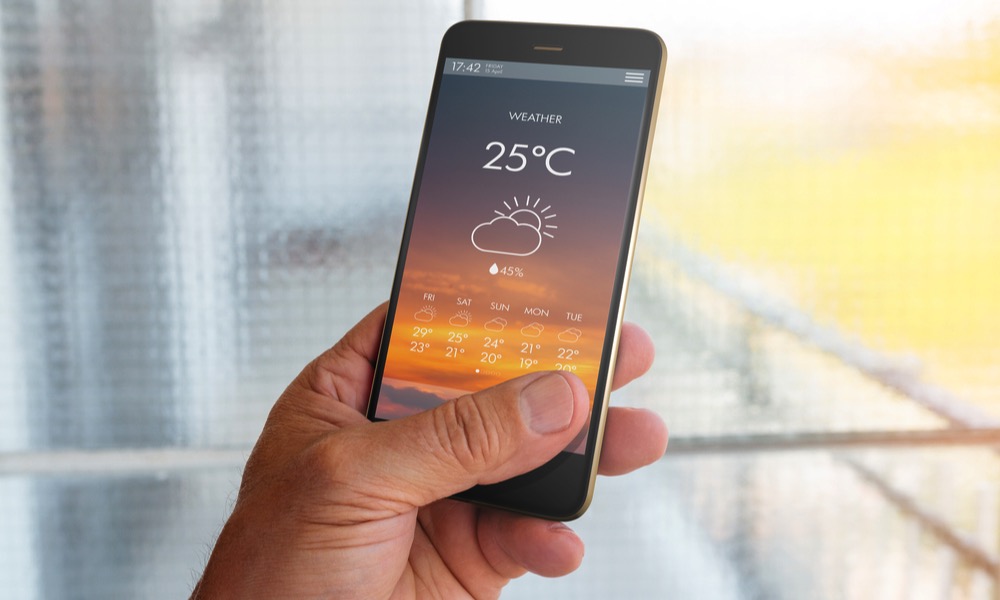What iOS 14’s Hidden ‘Approximate Location’ Feature Is (and Why It’s Important)
 Credit: JL IMAGES / Shutterstock
Credit: JL IMAGES / Shutterstock
Toggle Dark Mode
As iOS 14 betas continue to roll out and the software’s full release grows near, more people are noticing just how revolutionary some of its privacy and security features appear to be.
There’s some exciting stuff there, but one of the most interesting – and, until recently, overlooked – features is called “Approximate Location.”
It means enormous changes for location-based services on iOS, and could affect many third-party apps in ways that aren’t entirely clear yet. Here are the significant points all iPhone users should know.
Approximate Location Will Hide Your Exact Location
Based on the details that Apple has given, Approximate Location is a new tool that can be enabled in iOS. Instead of switching off location-based data, this feature will make it…fuzzy. Apple reports that it will limit the location data sent to apps to a general 10-mile region.
You could be anywhere in that 10 miles, doing anything, but apps will only be able to tell that your device is in that specific region. This is going to change several important things about apps that want to know your location, but is a big boon for privacy while still enabling various app services.
Limited Data About Movement Will Be Shared
Not all the details are certain yet, but we do know that apps will be able to track when a device moves from one region to another. Apps will probably be able to extrapolate on that data and know that you were somewhere along a particular border between one region and another.
However, companies still won’t be able to tell what exactly you were doing near the border, or how long you stayed near the border before crossing over. If you cross over the same borders a lot, then apps will probably be able to make some basic guesses, like you’re commuting to work, dropping kids off at school, or visiting a preferred shopping center, but that’s basically all they will be able to tell.
Some Apps Won’t Have a Problem with This
For many third-party app services, these new 10-mile Approximate Location Regions won’t pose much of a problem. Apps that are recommending nearby restaurants you might like, parks you can visit, available hotels, and similar suggestions don’t need to know your exact location to be accurate – the 10-mile zone should work fine. The same is true of weather apps, and a variety of other services.
But not all third-party apps are interested in location data just to offer services. They also want to use it for their own ends…and that’s where things get more complicated.
Location-Based Advertising Is up for a Challenge
A whole crowd of third-party apps want to track your exact location, not for services, but to collect important data about their users. Even common apps like Netflix tend to do this! They are tracking behavior and building user profiles that they can use for advertising purposes, or provide to advertisers interested in building these profiles themselves.
Apple has already changed other types of tracking to require permission from app users. But turning on Approximate Location is another hurdle that blocks apps from knowing exactly what users are doing. Not only does this make it more difficult to build behavioral profiles, but it also makes it hard or impossible to attribute a user visit to any specific online campaign.
There are solutions to this, but it will be a change of pace for advertisers. Apps can use Wi-Fi pings, check-in features, and purchase tracking to still get an idea of what people are doing, and where. That’ll require a lot more user involvement than before, which puts privacy in the hands of the customer.
It’s Not Clear How This Will Affect Apps That Depend on Location Tracking
Then there’s the class of apps that needs to know precise locations of users to work properly.
For example, what happens when an app wants to provide precise directions to an address after you have chosen it? Or – perhaps most likely – will alerts pop up when you try to use these services, requiring you to shut off Approximate Location to continue? We’ve already seen how this works with Apple Maps, which asks you to allow one “precise location” to help with navigation, or turn it on for the app entirely.
Then there’s the problem with ridesharing and food delivery apps. They can’t offer some their core services with Approximate Location turned on, so we can expect warnings or lockouts from these apps as well.
But even with this micromanaging, more privacy features are probably worth it. What do you think?











